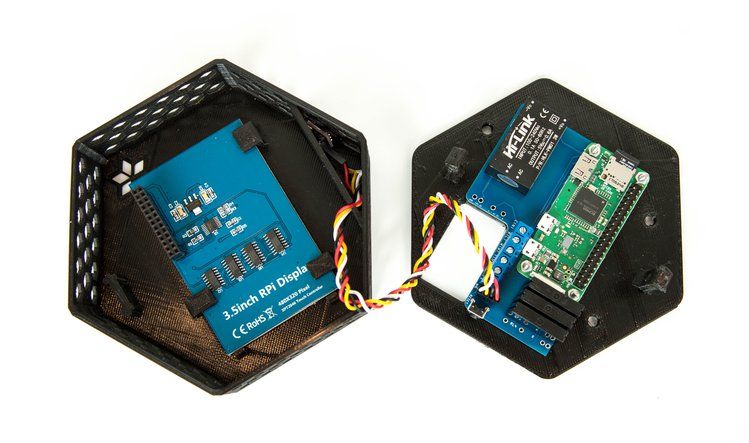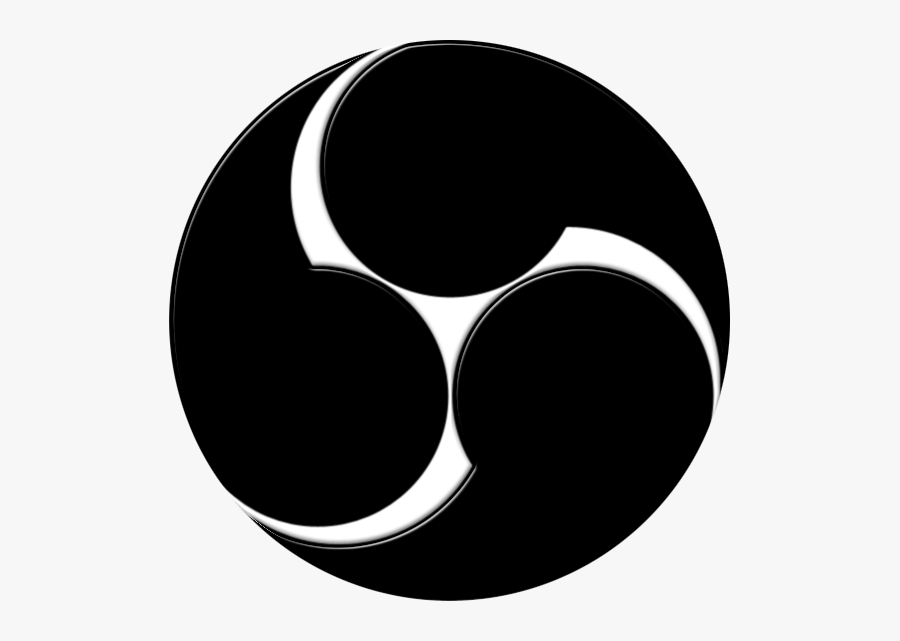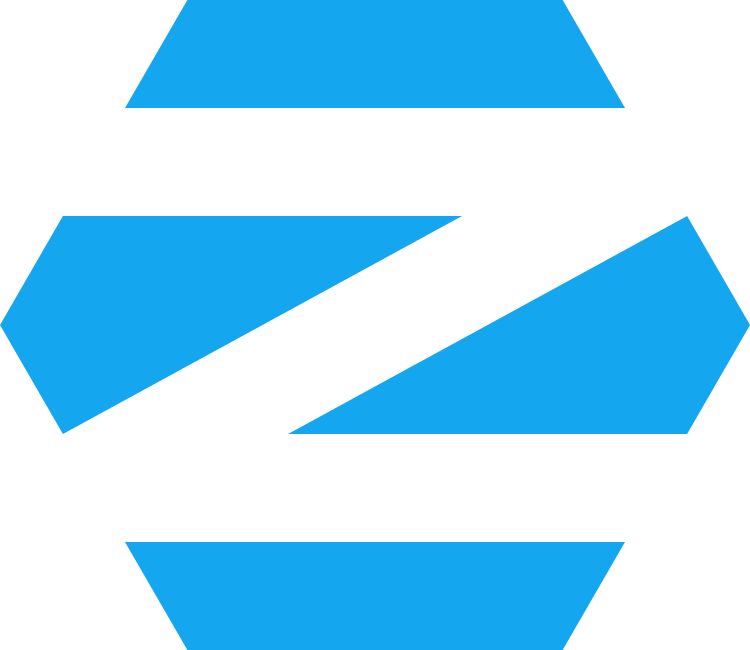And the rising economy of Basic Attention Tokens
It takes courage to surf the web in a surveillance society, and often the source of that courage is strong encryption. Historically, strong encryption has remained out of reach for the average user. Is that changing now that tools like the Brave browser are making encryption accessible, while also enabling web access to be safer and faster?
When so much of our activities are based on internet connectivity, Brave embraces the vision of the expanded web browser. In telling Chrome to fork off, they’re charting a different course for an app (i.e. the web browser) that we spend many hours a day using. Can Brave carve out lost time amidst our surfing, saving us minutes if not hours? They claim they can, because their software is faster, and the removal of ads dramatically speeds up the browsing experience.
In less than 2 days of normal use, @brave blocked 12,050 ads and trackers. Saving me about 12 minutes time. So each ad and tracker slows down the loading of a website by about 0.06 seconds.
— felix stalder (@stalfel) January 4, 2020
This issue of Future Tools builds off our first, which looked at Keybase, and our third, which focused on Tor (and the so called dark web). Like Keybase, Brave makes the use of encryption easy, and also operate their own cryptocurrency. Brave also makes it easy for people to use Tor, connect to the dark web, or just protect your surfing and web history.
Metaviews member Corvin Russell posted a comment on our Tor issue mentioning the Brave browser. Similarly Metaviews member Felix Stalder has been regularly tweeting about Brave. This is partly why I see so much value in the Metaviews network. Together we help each other become smarter.
— felix stalder (@stalfel) January 5, 2020
2019 was a crazy whirl of breakthroughs for the San Francisco based startup. In 12 months, Brave officially launched its browser following a long beta, it’s rolled out its Basic Attention Token to a score of countries, and it’s enlisted 350,000 publishers on its Brave Rewards platform. Just last month, Brave browser’s user base hit 10 million—admittedly, that’s not a patch on the billion plus users of Google’s Chrome browser, but hey, they took a decade to get there.
It feels disingenuous to call Brave a browser, when it’s ambitions seem to extend well beyond what we’d associate with web browsing. Instead this is a company that seeks to disrupt the disruptors. They want to change the business model for the media industry, and they see the web browser as the vehicle to do so. Or at least start.
The two co-founders of Brave are no strangers to the web world. Brendan Eich is the creator of JavaScript, and a co-founder of Mozilla. However Brendan is also notorious for his support of a California voter proposition to ban gay marriage, which was partly why he was forced to resign as CEO of Mozilla.
Brian Bondy is another Mozilla veteran and is based in rural Southwestern Ontario. They started Brave five years ago, and are now finding their stride, while offering a timely vision of how the web could work.
On the one hand, this includes privacy by default. On the other hand, this means an advertising system that incentivizes people to view ads, rather than compelling them to.
Brave, the company built on dislike of ads, launches its own ad network https://t.co/vTcFP71FK1 pic.twitter.com/i6M1MrZrwe
— Android Police (@AndroidPolice) April 25, 2019
Internet browser #Brave releases screenshots of project to incentivize users
— Mia Tam (@blockandchain) April 30, 2019
70% of the revenue will be directed towards ad viewers, who can choose whether or not to receive ads, and doing so will mean rewards in the form of Basic Attention Tokens (#BAT). pic.twitter.com/sk2sRxVQA4
Which is why I have trouble describing Brave as a browser. Is it software? Is it an attention marketplace? Is it an ecosystem? Is it a society? Perhaps the answer depends upon the value of currency?
#BasicAttentionToken is currently stuck within a range, as $BAT has failed to surpass the important $0.20 price level. However, if BAT breaks upwards from this range, it could aggressively climb up the #cryptocurrency market cap rankings.https://t.co/dDoRZBw6WD
— CoinCodex (@CoinCodex) January 10, 2020
We’re still in the relatively early days of cryptocurrency and the digital transformation of money, yet we may be reaching the point in which some of these emerging systems scale or fail.
In Brave’s case, they’ve created their own currency, $BAT, or Basic Attention Token, which is itself based on the Ethereum blockchain network.
BATs are rewarded to Brave users for a growing range of activities, primarily viewing ads, but also promoting Brave and encouraging others to use the software, or network, or service, whatever it is we believe Brave to be.
Hey! If you use the new Brave browser for 30 days, they’ll fund my channel with a bonus! Here’s the link: https://t.co/hwDCrQ5JTb
— Интересные проекты для заработка (@oooinvest) January 10, 2020
While anyone can create a currency, that currency’s value is reflected in the ability to earn and spend that currency.
I just tipped tobzlerone using the Brave Browser. Learn more at https://t.co/pHJWqb7bu9.
— Maxence Cornet (@MaxenceCornet) January 9, 2020
On the one hand, Brave is trying to transform the media industry by both changing how ad networks operate (so as to be consensual and respectful of users privacy and attention) as well as how content creators get paid for their work. This also incentivizes people to use Brave, as content creators won’t receive payment unless they too are part of the network.
It took a month, but the $50 in Brave Rewards I found out I had when I signed up for it went through, so I'm gonna start tipping people in BAT for their tweets. You'll never know if I tipped you unless you get Brave browser and get the built-in crypto wallet set up, so get on it.
— 🌺Digi-née🌺☯Baroness Grey☯📀The Golden Witch🌕 (@Digibrah) January 8, 2020
On the other hand, Brave is also increasing the value of their currency and the reach of their network by establishing partners who will accept $BAT as payment.
Brave announces partnership to use $bat tokens at hotels, restaurants, Amazon, Uber, etc..
— Dan Okopnyi 🇺🇦 (@d1rtydan) February 27, 2019
Wow. So basically you can earn tokens by watching ads, using the browser and redeem them for a network of goods.
This is awesome https://t.co/iJzv0Kj3Oc
All of this sounds great, but it does raise the question of how such an economy or marketplace is playing out. Part of what is confusing or sketchy about the emergent cryptocurrency market is that there are so many of them.
While Brave certainly appears to offer an interesting value proposition to advertisers, web surfers, and content creators, who are the people embracing and using it?
Working with @brave we've been able to drive thousands of new users to use Brave browser and view ads, and vice versa with many Brave users watching https://t.co/6Tk7ZrWJNy and earning TFUEL for the first time! Looking forward to more collabs with Brave team and our communities https://t.co/0RMbtWgbkU
— Theta Network (@Theta_Network) October 16, 2019
No surprise that the early adopters of cryptocurrency driven distributed systems tend to be other proponents of cryptocurrency driven distributed systems. Nothing wrong with that as it reflects a growing ecosystem, in so far as there’s substance to be found somewhere.
However when part of the mandate is advertising and funding content, the crucial question is what is the content being funded.
2/3 It also seems to be funneling cash towards “Brexit MPs”. The US corporation behind it was founded by Brendan Eich, who resigned from Mozilla after it emerged he’d been funding the anti-same-sex marriage movement in California.https://t.co/VAsp5mfV9a pic.twitter.com/feHkPGUwXu
— Tom Scott (@Tom___Scott) August 7, 2019
It's not just "#Brexit MPs". Brave Browser is also being advertised as a channel through which to fund the neo-Nazi group Nordfront (Nordic Resistance) in Sweden, and in Finland, where the group has been banned following violent attacks on anti-racism and gay pride demonstrators. pic.twitter.com/WZjkoKlTxV
— Tom Scott (@Tom___Scott) August 7, 2019
The question of who uses and benefits from such a network is crucial when deciding whether to support it.
Brave is certainly worth keeping tabs on, especially as they move forward with their cryptocurrency plans, making it easy for users to not only use $BAT, but other currencies as well. Though that may create conflict with their users who desire privacy or anonymity.
The Brave Browser Requires Users To Hand Over Full Identification Information Before Receiving Basic Attention Token (BAT) Rewards, Which Is A Complete Affront To Its Anonymity Oriented Audience – https://t.co/R7LSz3TFe2 | #BAT TARGET 1$ https://t.co/4k7LENrk6c
— CRYPTO MOON (@cryptoo_moon) December 26, 2019
Although Brave is not the only option for finding courage. There are many alternatives, with more emerging daily.
Brave is a “fork” of Chrome. I.e. it shares some of the same software with Google’s web browser, which is open source. What’s great about open source software is that anyone can create a fork. Thankfully many people have.
I think Brave (current desktop browser) is a step in the right direction .v. incumbents but #ILP is the secret sauce to propel @PumaBrowser.
— Eric Dadoun (@EDadoun) July 23, 2019
Zero ads, asset agnostic + strong ILP driven partner network.
Brave opened the door. Puma will take it further.https://t.co/pM0btSfw6n



